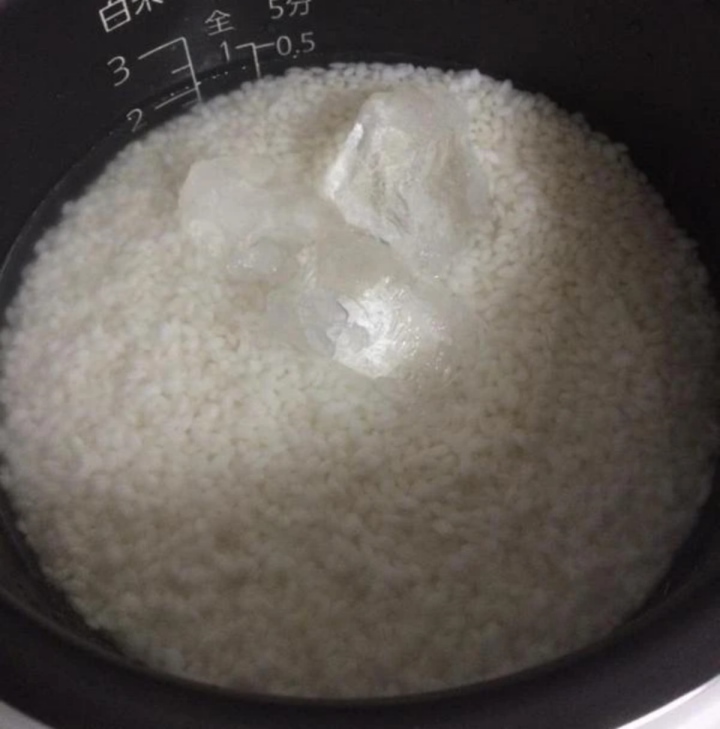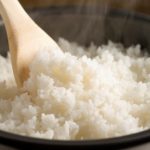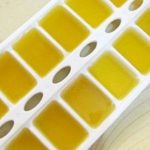After rinsing the rice and pouring it into the pot, you add an appropriate amount of water and 2-3 ice cubes to cook together. Cover the pot and leave it for 15 minutes (do not turn on the rice cooker). After 15 minutes, you plug it in and turn on the rice cooker as usual.

Illustration.
The purpose of putting ice cubes in the rice cooker is to delay the rice’s water absorption time, making the rice more elastic. Putting ice cubes in the rice also helps increase the amount of amino acid, prevent the enzymatic breakdown of sweetness in the rice grains, and bring a more delicious aroma.
Cooking rice with ice cubes is one of the secrets that Japanese people often apply.
Note that when adding ice cubes, you should reduce the amount of water added to the pot to avoid the rice becoming mushy or soggy when cooked. Before cooking, you can check the amount of water in the pot to see if it is appropriate, whether it needs to be adjusted.
This method also works for cold rice. Stir the rice evenly before reheating and add a few ice cubes, cover it, and press the cook button. The melted ice water gradually penetrates the rice grains, making them soft and fluffy as if freshly cooked, and it prevents the rice from sticking to the bottom of the pot.
In addition to adding ice cubes to the rice cooker, you can also refer to some other tips for cooking delicious rice as follows:
– In addition to adding ice cubes, some Japanese people also add honey to the rice. According to them, honey helps the rice retain moisture better, making the rice more delicious and fluffy.
– You can add a pinch of salt and a few drops of sesame oil to mix with the rice before cooking. This way, the rice will be more flavorful, aromatic, and shiny. If you don’t have sesame oil, you can replace it with cooking oil, peanut oil, or olive oil.
– Some Japanese people also add a little bit of beer to the pot to cook with the rice. According to them, this method helps make the rice soft and more flavorful.
– Cooking rice with tea water is very popular in Japan. Instead of cooking with regular water, they add tea water to create extra color, flavor, and nutrition to the rice dish.
According to VTC














